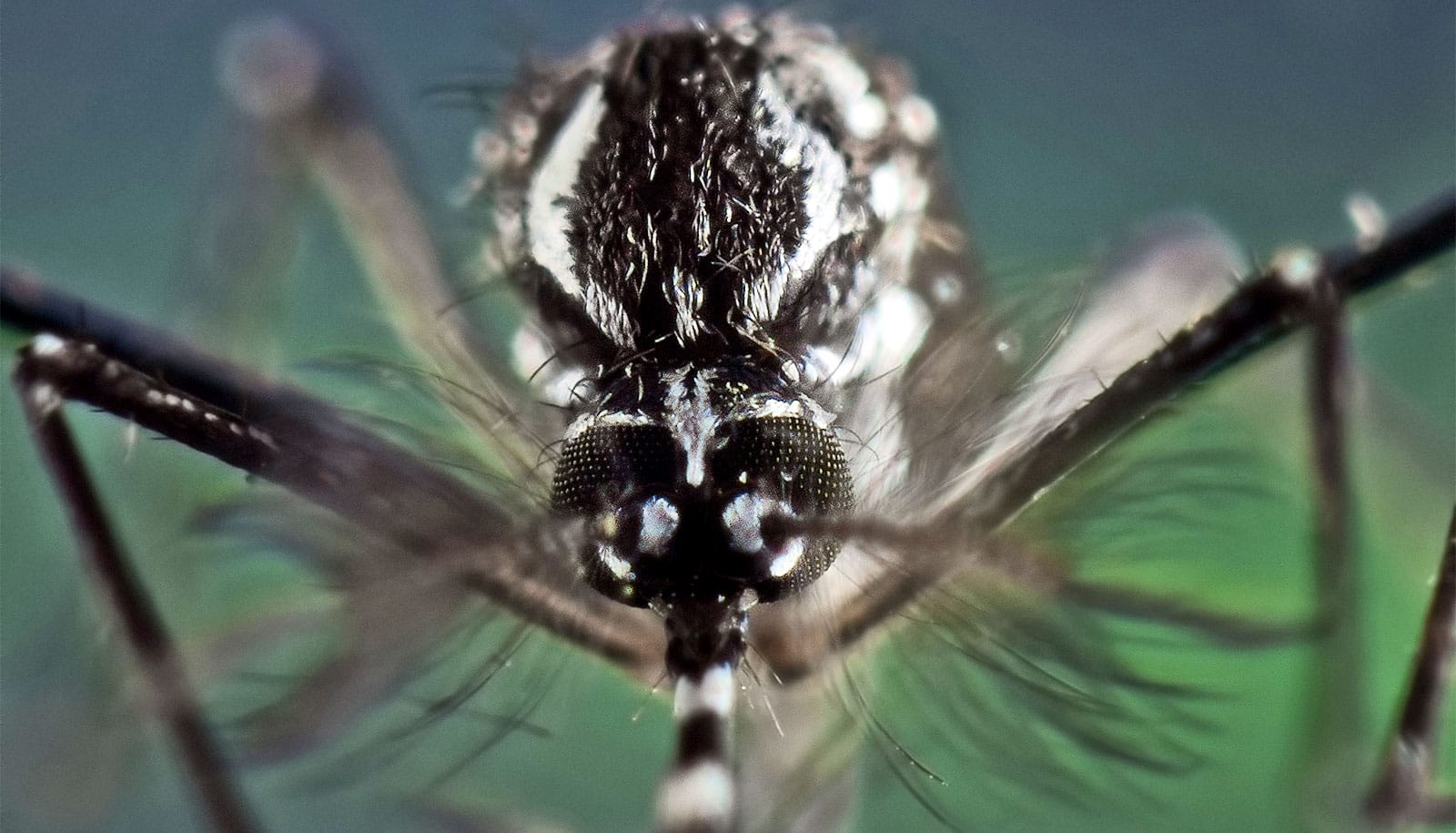Researchers have developed a treatment for dengue virus using mRNA and CRISPR technology.
Dengue virus, a painful and sometimes fatal mosquito-borne infection well known in tropical countries, is surging rapidly across the planet.
Now, 4 billion people live in places—like the southeastern United States—at risk for the disease, which doesn’t have an effective antiviral treatment. Yet.
A team of researchers led by biomedical engineer Phil Santangelo has developed a breakthrough therapy to target and kill the virus using the gene editing tool CRISPR-Cas13. The team’s systemic delivery of the treatment was successful in treating dengue virus in mice.
Dengue is difficult to treat in part because there are four different serotypes of the virus, which means four different targets for a vaccine. People infected with one serotype who then contract a second version of the virus can end up with a serious disease. That second attack can end up amplifying the first. Symptoms include fever, nausea, rash, aches, and pains (including behind the eyes), and in some cases, internal bleeding, shock, and death.
“There are several challenges with trying to treat dengue, so we wondered, is it possible for us to produce an mRNA-based, CRISPR-based antiviral where one shot can clear the virus,” says Santangelo, professor in the biomedical engineering department at Georgia Tech and Emory University. “And that’s basically what we’ve shown.”
With the global proliferation of the Aedes mosquito that spreads dengue and other viruses, the timing of such a treatment would be fortuitous.
“Unfortunately, climate change is enabling an increase of these virus-causing mosquitos,” says Santangelo, also a researcher in the Petit Institute for Bioengineering and Bioscience at Georgia Tech. “So, it’s a good idea to be prepared.”
This is the first time an mRNA-based CRISPR treatment has worked against systemic viral infections in animal models. But Santangelo demonstrated its efficacy in earlier studies focused on lung diseases, including a treatment for coronavirus. That was an inhalable treatment using polymeric nanoparticles—large, biodegradable molecules ideal for delivering medicine directly to the lungs.
For the dengue virus study, the team used lipid nanoparticles (LNPs), which are like tiny fat bubbles that transport drugs through the bloodstream and into cells. The nanoparticles carried a custom-coded messenger RNA (mRNA) molecule.
The mRNA was encoded with Cas13a (a CRISPR protein that can cut viral RNA) and guide RNAs (to direct the Cas13a to the viral RNA that needs to be cut). The process basically created a set of instructions. When the encoded mRNA is delivered to infected cells via the LNPs, the cell uses those instructions to build Cas13a and guide RNAs, which degrade the viral RNA within those targeted cells.
The researchers gave a single dose of the treatment to mice infected with lethal doses of two serotypes of dengue virus, DENV-2 and DENV-3. All the treated mice survived with no unintended damage to their RNA. Following treatment, the researchers also looked for evidence of the virus in the mice’s brains but couldn’t find any.
“It looks like our treatment precludes the virus from getting into the brain,” Santangelo says. “This may not be super critical for dengue, which doesn’t end up in the human brain. But this discovery could be really important for Zika virus, Japanese encephalitis, West Nile, and other viruses that do affect the human brain.”
Santangelo’s team now is testing their approach on dengue’s other serotypes and will study the treatment in other viruses.
“We’re very interested in trying these kinds of approaches to go after as many viruses as we can with one, potent treatment,” says Santangelo, whose team included researchers from Georgia State University as well as Emory’s Computational Core.
“We’re trying to find the most efficient way to kill these viruses. We’re not quite there yet, but we’re going to get there eventually.”
The research appears in Nature Microbiology.
Support for this research came from the Defense Advanced Research Projects Agency. Any opinions, findings, and conclusions or recommendations expressed in this material are those of the authors and do not necessarily reflect the views of any funding agency.
Source: Georgia Tech



